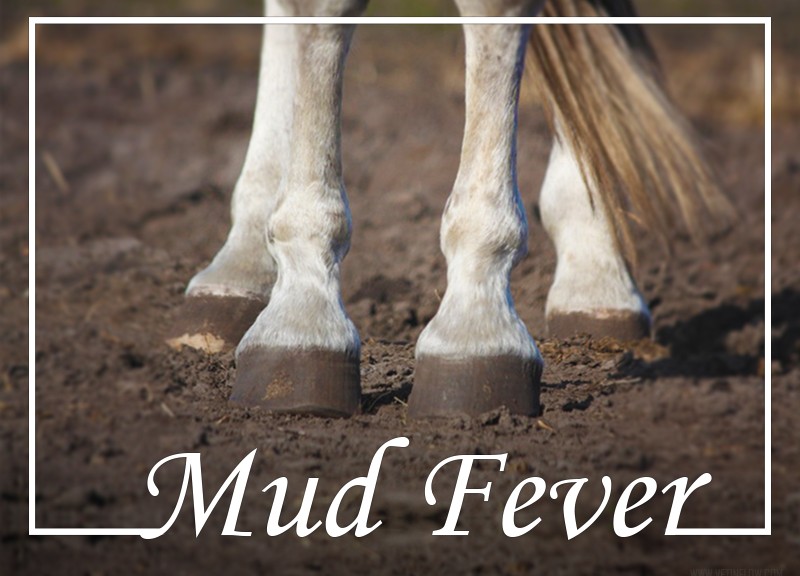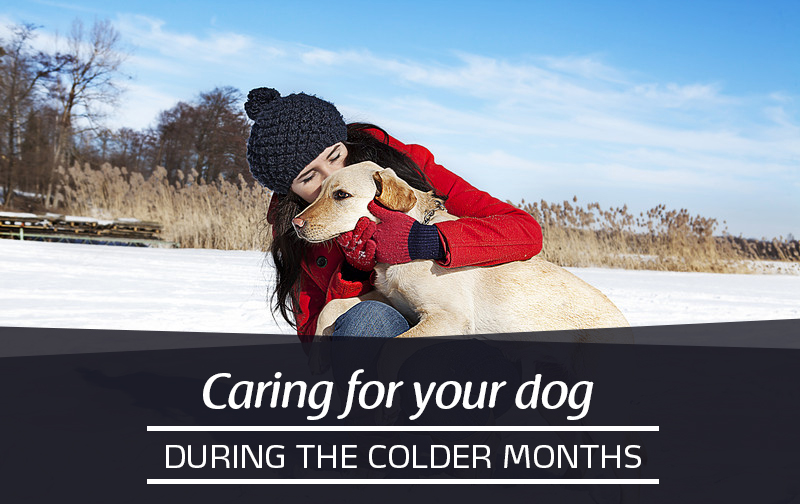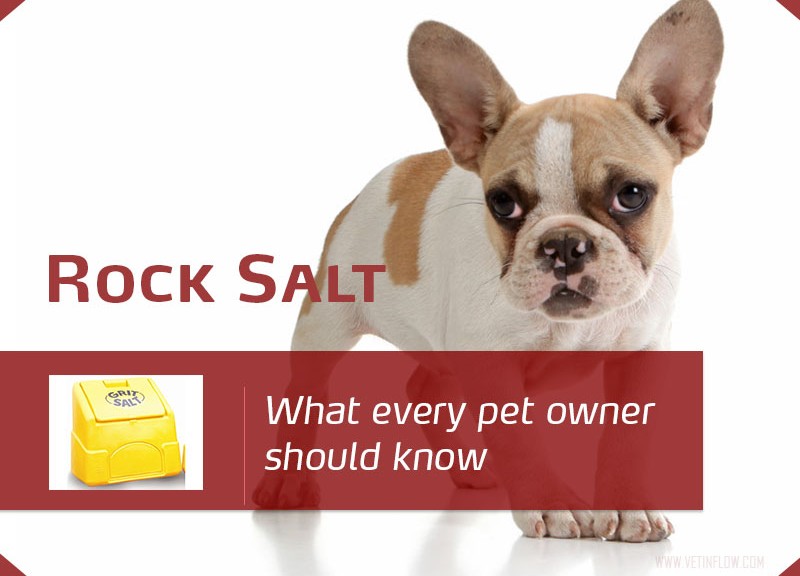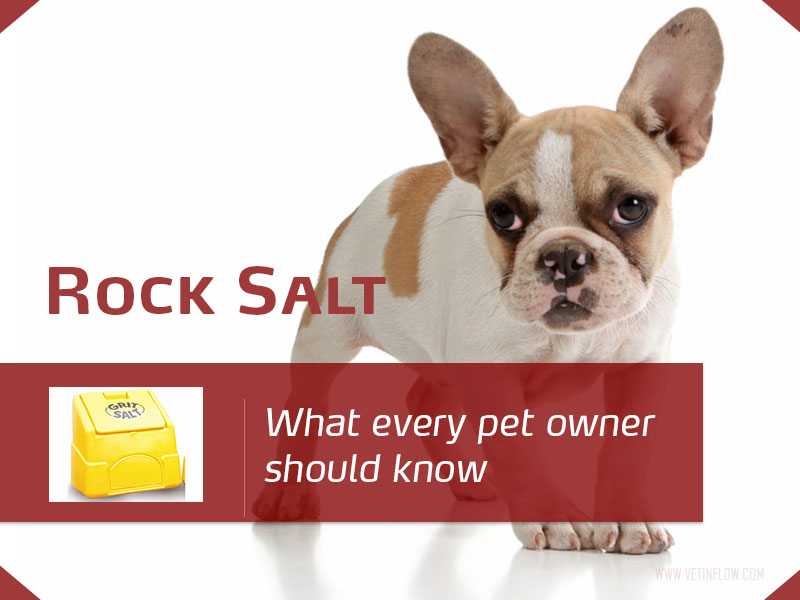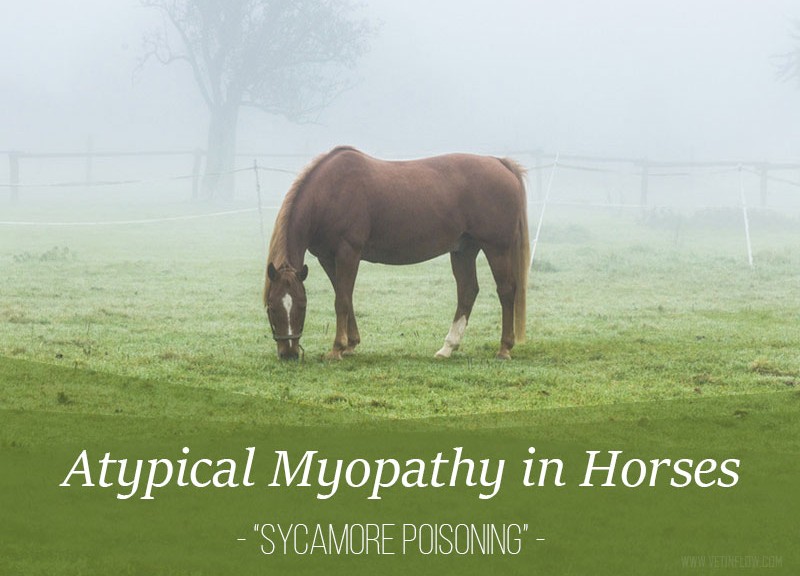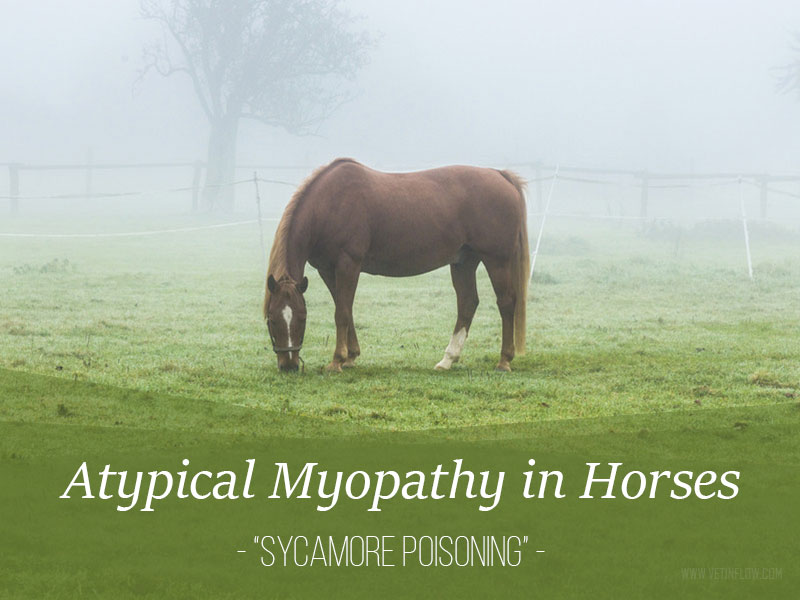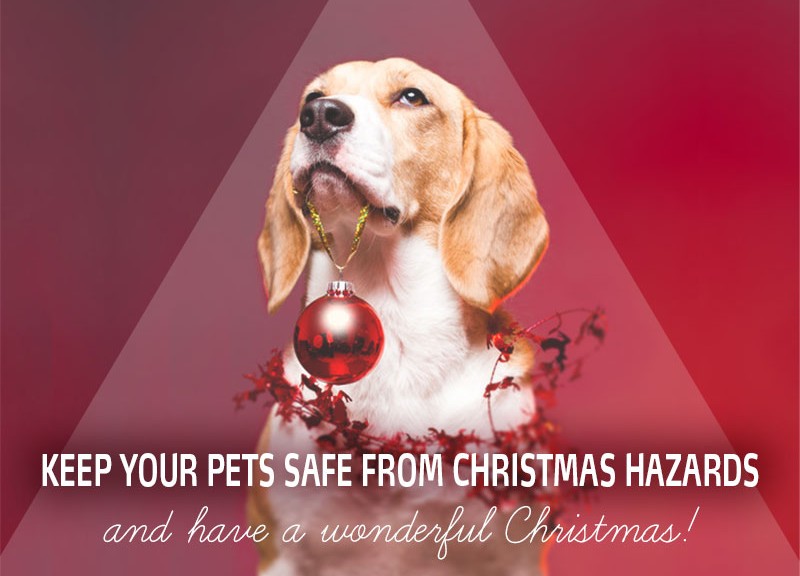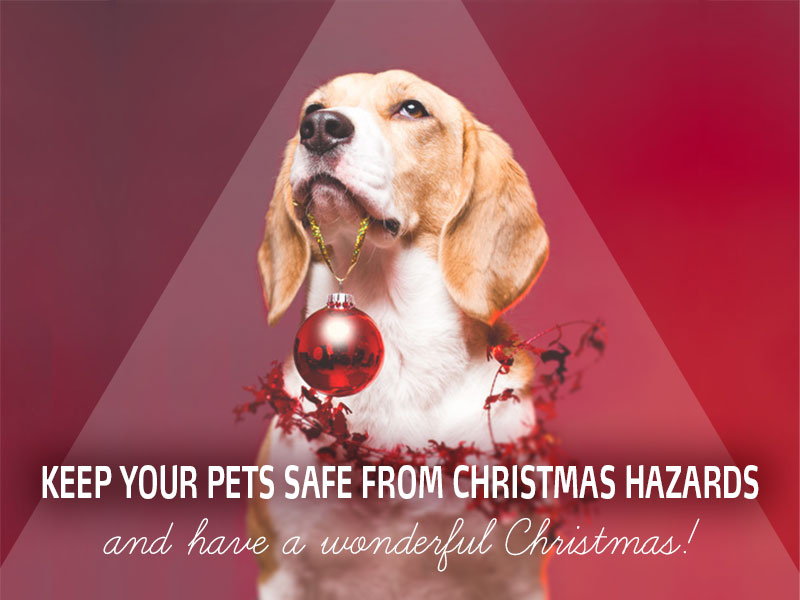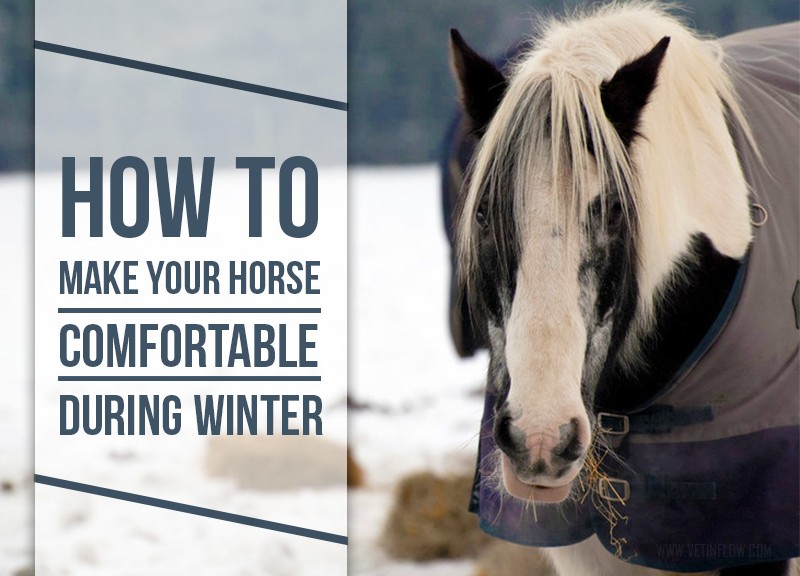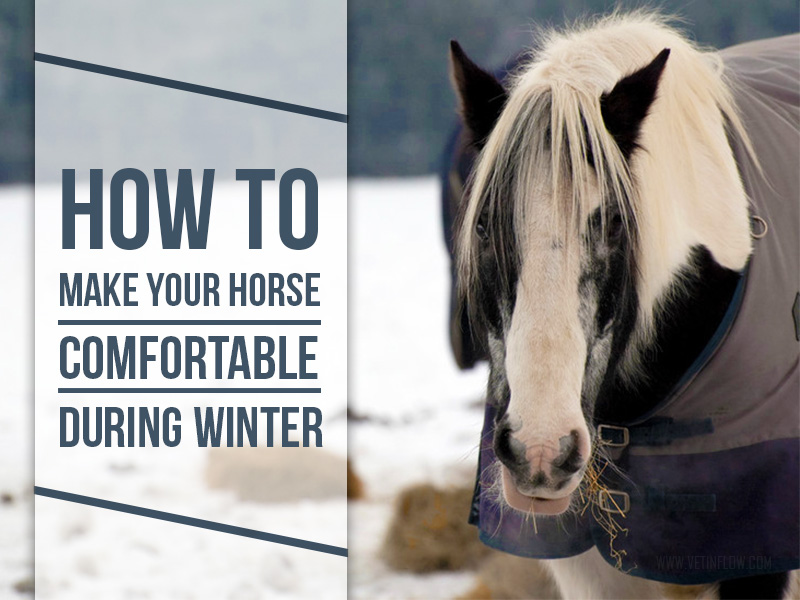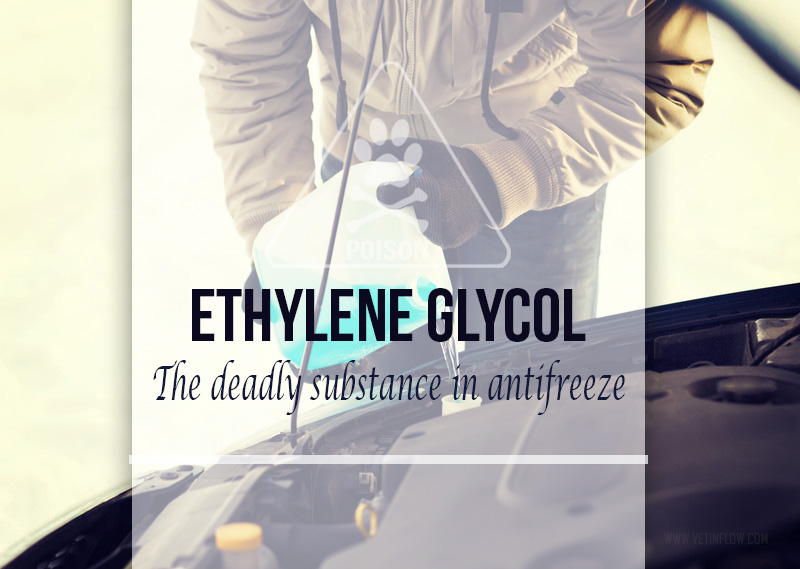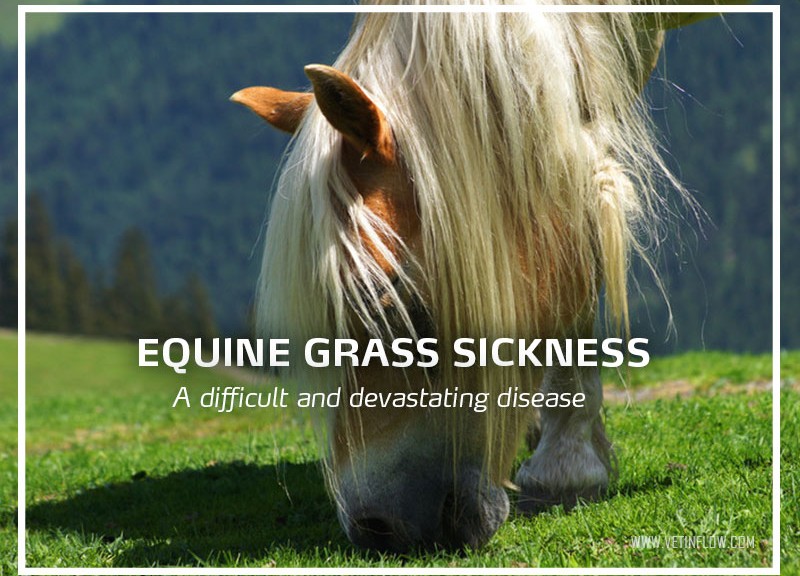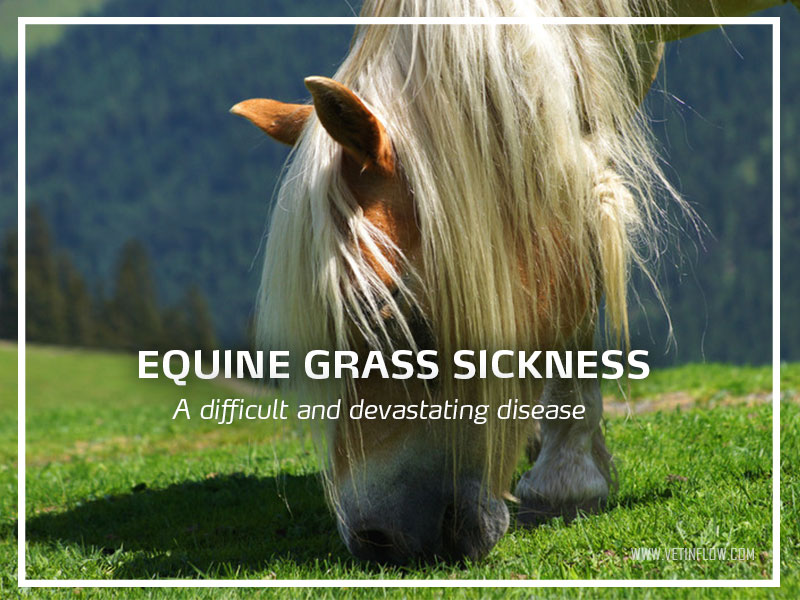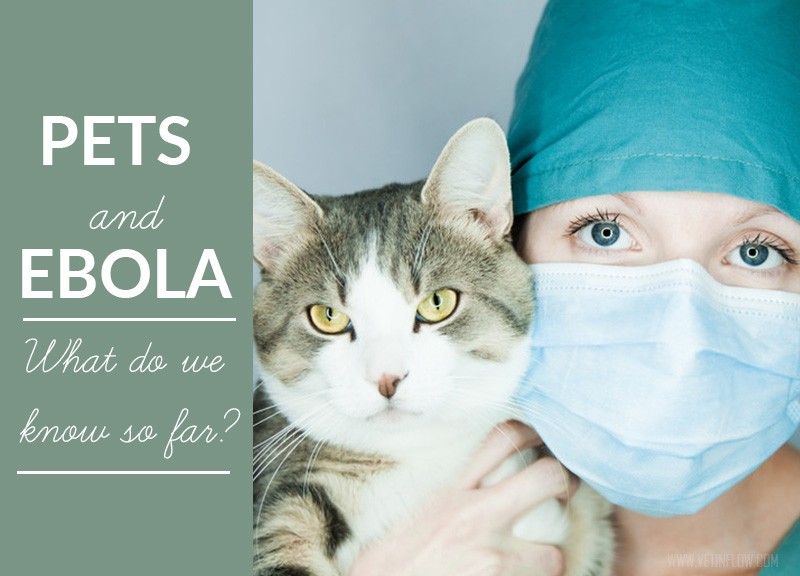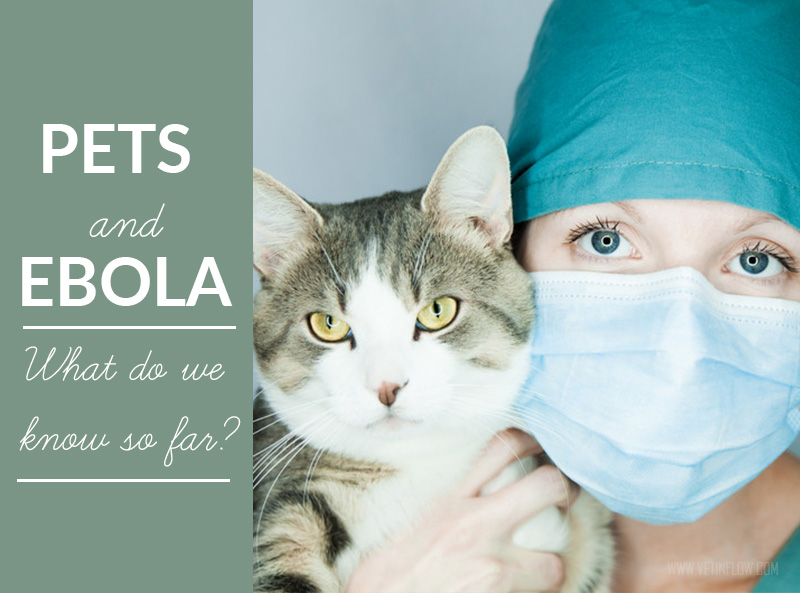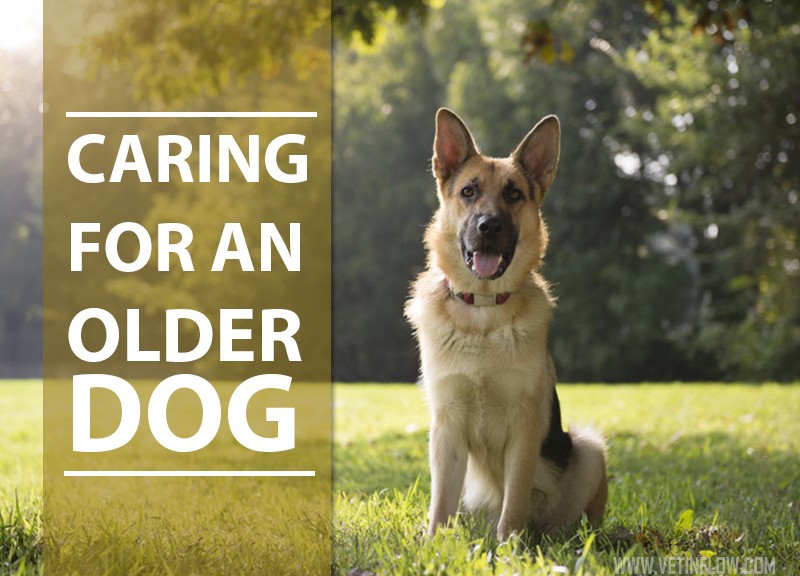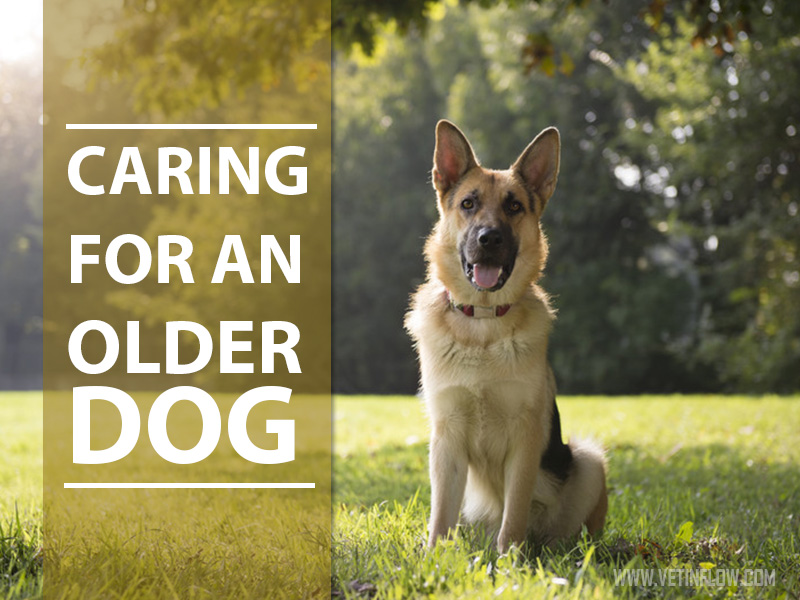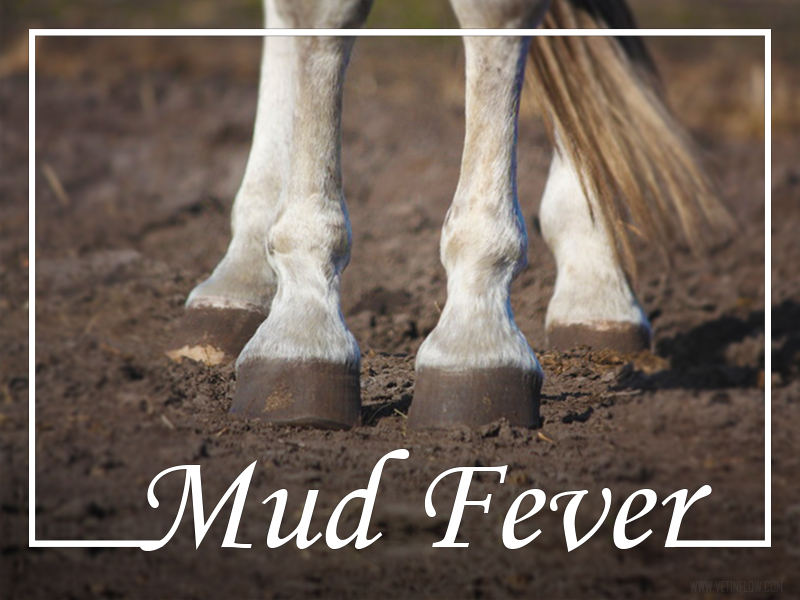 Mud fever is a common infection that usually affects the lower limbs of horses that are kept outside in wet weather.
Mud fever is a common infection that usually affects the lower limbs of horses that are kept outside in wet weather.
Horses with mud fever show thick scabs with matted hair generally in the heel bulbs and at the back of their pastern. The skin beneath these scabs is usually pink, inflamed and there could be pus as well. If secondary infections manage to settle in the limb will gradually become swollen, painful and it is usually associated with low grade lameness.
This condition is caused by an organism called Dermatophilus congolensis, an actinomycete that is commonly found on the horse’s skin. Normally this organism doesn’t cause any damage but if the skin barrier is damaged for some reason the Dermatophilus will take the opportunity to infect the area.
Mud fever can have several causes such as trauma, mites, ringworm, sarcoids, UV damage and internal diseases such as liver disease but the most common cause for this condition is the prolonged contact of the hair and skin with moisture and mud. The skin becomes gradually softer making it susceptible to infection.
When the same organism causes damage higher up on limbs, the condition is known as ‘Rain Scald’, which can be seen on other areas of your horse including the head, back and rump.
Horses with steep sided heels, a deep groove between their heel bulbs and with thick coats and large feathers are more prone to mud fever. These characteristics contribute to keep the moisture close to the skin, providing a favourable environment for the Dermatophilus to thrive. It has also been suggested that white legs are more susceptible to this problem.
To treat this condition owners must thoroughly wash the affected limb with an antibacterial shampoo to remove the crusts. Some of these can be hard and painful to remove. For this reason the shampoo should be left on for 5 to 10 minutes to soften them up before rinsing it off with warm water. It is very important to thoroughly dry the hair with a clean towel or a cool hair drier afterwards. Then the hair must be clipped around the lesion and an antibiotic ointment should be applied.
The idea is to clean the affected areas, to keep them dry and exposed to the air to promote healing while keeping the organism away. Your horse’s legs should be washed daily until mud fever is gone and please do not pick off the dry scabs. This can lead to the appearance of open wounds and they will become an open gate for infection.
If you notice your horse’s limb is becoming swollen please contact your vet as a course of antibiotics may possibly be required.
Would you like to know more about horses? Check our Equine Courses:
